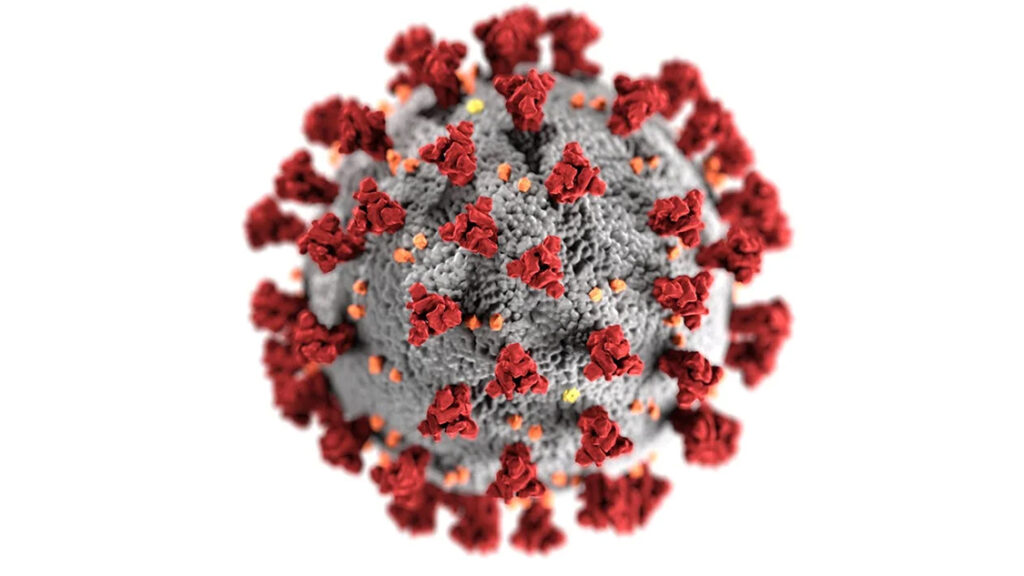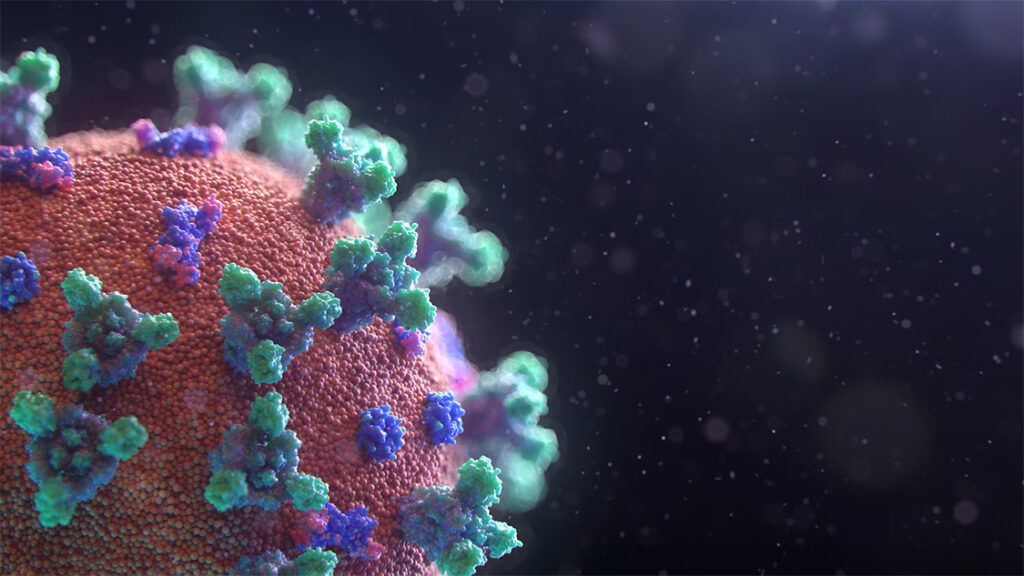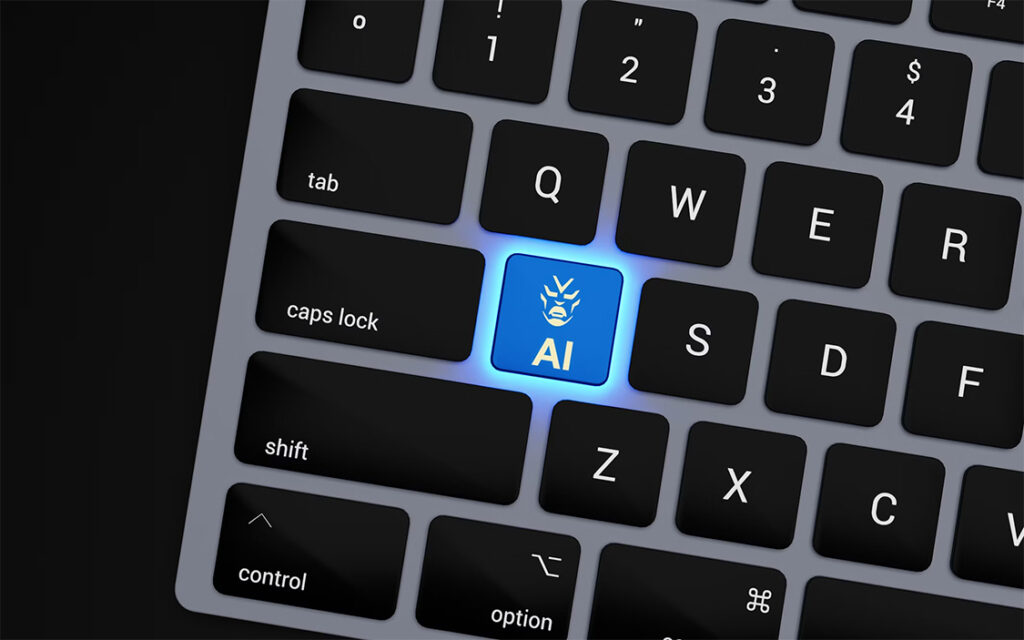Revolutionizing Virology: AI Discovers Over 160,000 New RNA Viruses
Artificial intelligence (AI) is still transforming many different scientific disciplines, and its latest usage in virology has produced a revolutionary find of almost 160,000 new RNA viruses. This hitherto unheard-of discovery not only deepens our knowledge of viral diversity but also creates fresh directions for study on viral evolution and ecological roles. Published in Cell, the study—which was carried out by an international team of scientists—emphasizes the vital part artificial intelligence plays in advancing scientific progress and improving our understanding of the hidden virosphere of Earth.
Unveiling the Hidden Virosphere
The identification of more than 161,000 novel RNA viruses is a historic triumph in virology and throws light on a large, hitherto undiscovered area of life kept secret for millennia. Leading the study, Professor Edwards Holmes of the University of Sydney claims that this notable increase in our understanding of RNA viruses exposes a startling biodiversity. Many of these viruses had gone undetectable while being ubiquitous in many ecosystems, including extreme habitats like hot springs and hydrothermal vents, their intricacy and the limits of conventional finding techniques had made them invisible. By providing fresh insights into how viruses interact with ecosystems and support world biodiversity, artificial intelligence has let scientists peep into once opaque worlds.
The Role of RNA Viruses in Extreme Environments
Commonly connected to human diseases, RNA viruses have now been found in some of the most hostile habitats on Earth. These harsh environments comprise the atmosphere, deep-sea hydrothermal vents, and boiling hot springs where viruses show their amazing capacity to survive under demanding circumstances. The discovery of these viruses in such varied environments suggests their adaptability and tenacity, therefore offering ideas about viral evolution and the beginnings of life. As Professor Holmes points out, knowing how viruses survive and spread in these hostile environments could reveal important new insights on the basic mechanisms of life itself.
AI’s Role in Fast-Tracking Virus Discovery
The discovery process was much hastened in this work by artificial intelligence. LucaProt, a deep learning system created by researchers able to interpret enormous volumes of genetic data including complicated virus genomes with up to 47,250 nucleotides, Particularly helpful in spotting viruses from previously sequenced genomic material kept in public databases but unidentified because of their differences from recognized species was LucaProt. Using artificial intelligence, the scientists were able to classify and arrange these sequences, turning “dark matter” data into insightful analysis on viral variety. Time-consuming and limited in scope, standard bioinformatics approaches have shown to be significantly less efficient than our AI-based solution.
Future Applications of AI in Virology
Looking forward, LucaProt’s accomplishment creates fascinating opportunities for next studies. Professor Mang Shi and Dr. Zhao-Rong Li, co-authors of the paper, underline that investigating viral diversity and other biological systems will always depend critically on artificial intelligence. The sensitivity and specificity of the artificial intelligence model utilized in this study imply that comparable approaches might be extended across many spheres of biology, hence extending our knowledge of microbial life. The next stage of this study will probably be improving the AI model to find even more viral species, thereby transforming our method of virology and biological investigation.
Discovering over 160,000 RNA viruses using artificial intelligence marks a turning point in virology and reveals a hitherto unseen universe of viral variety. Researchers have advanced knowledge of the function of viruses in both severe conditions and more general ecosystems by using artificial intelligence. This revolution not only emphasizes the need of multidisciplinary cooperation but also shows the transforming power of artificial intelligence in developing scientific knowledge. AI’s uses in virology and other fields will surely result in more innovative discoveries as it develops, hence opening new directions in biological research.


